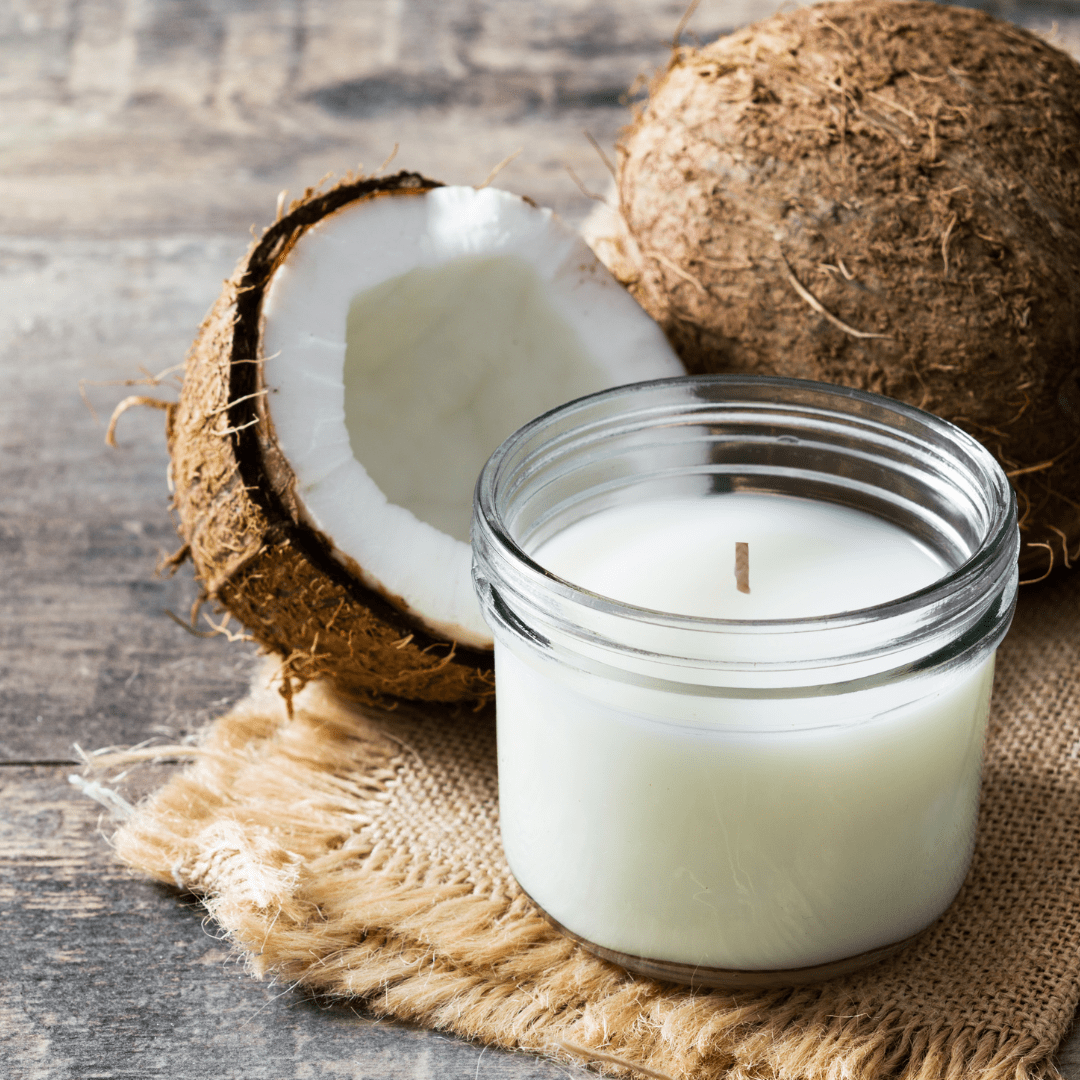Learn the Magic of Crystal Soy Candles and Home Fragrance
Learn the Magic of Crystal Soy Candles and Home Fragrance
Blog Article
From Wick to Wax: Comprehending the Chemistry Behind Soy Wax Candles and Their Ecological Effect
As we brighten our areas with the cozy glow of candles, there lies a world of detailed chemistry behind the relatively easy act of lighting a soy wax candle. Join us as we unravel the clinical intricacies behind soy wax candles and explore their effects on our setting.
Soy Wax Vs. Paraffin Wax
When contrasting soy wax and paraffin wax for candle making, it is necessary to recognize the unique features and advantages of each material. Soy wax is an all-natural, eco-friendly source derived from soybean oil, making it green and biodegradable - home fragrance. In comparison, paraffin wax is a by-product of petroleum refining, which elevates worries about its environmental effect and sustainability
Soy wax candle lights shed cleaner and emit much less residue compared to paraffin wax candles, making them a much healthier option for indoor air high quality. In addition, soy wax has a lower melting factor, enabling a longer-lasting candle light that disperses fragrance much more successfully. Paraffin wax, on the other hand, tends to burn faster and less easily, possibly releasing damaging chemicals into the air.
From a sustainability perspective, soy wax is favored for its biodegradability and eco-friendly sourcing, straightening with the expanding customer preference for environmentally aware products. While paraffin wax has been a conventional option in candle light making due to its cost and simplicity of usage, the change in the direction of environment-friendly alternatives like soy wax is gaining energy in the industry.
Chemical Composition of Soy Wax

Burning Refine in Soy Candles
The chemical structure of soy wax straight influences the combustion process in soy candles, impacting factors such as burn time, aroma launch, and ecological impact. When a soy candle is lit, the warm from the flame thaws the wax near the wick.
The burning performance of soy candle lights is influenced by the purity of the soy wax and the high quality of the wick. Furthermore, soy wax candles have a lower ecological effect compared to paraffin candle lights due to their eco-friendly and sustainable nature.

Ecological Benefits of Soy Wax

Considered a sustainable option to traditional paraffin wax, soy wax provides noteworthy environmental advantages that make it a popular choice amongst eco-conscious consumers. One considerable advantage Full Article of soy wax is its renewable sourcing. Soy wax is derived from soybean oil, which is primarily grown in the United States. The farming of soybeans assists sustain regional farmers and minimizes the dependence on non-renewable fossil fuels utilized in paraffin wax manufacturing. Furthermore, soy wax is biodegradable, meaning it damages down naturally without releasing dangerous toxic substances right into the atmosphere. This particular makes soy wax candles a more eco-friendly option compared to paraffin wax candles, which are made from oil, a non-renewable resource. Soy wax burns cleaner and generates less soot than paraffin wax, contributing to better indoor air high quality and lowering the need for cleansing and upkeep. On the whole, the environmental advantages of soy wax align with the growing need for green and sustainable items in the market.
Recycling and Disposal Considerations
Recycling and proper disposal of soy wax candles play a crucial duty in maintaining environmental sustainability and reducing waste in neighborhoods and families. When it comes to recycling soy wax candles, the initial action is to ensure that the candle has helpful site actually burned entirely.

In regards to disposal, if recycling is not an option, soy wax candles are biodegradable and can be safely taken care of in a lot of household waste systems. However, it is constantly advised to get in touch with local recycling facilities or waste monitoring services for specific standards on candle disposal to make certain correct handling and environmental management.
Final Thought
In conclusion, the chemistry behind soy wax candles exposes their environmental advantages over paraffin wax candles. Soy wax, acquired from soybean oil, burns cleaner and creates much less soot when contrasted to paraffin wax.
When contrasting soy wax and check that paraffin wax for candle making, it is crucial to understand the distinct attributes and benefits of each product (soy candles).Soy wax candle lights shed cleaner and send out much less soot contrasted to paraffin wax candles, making them a healthier option for interior air top quality.Taken into consideration a lasting option to conventional paraffin wax, soy wax supplies notable ecological advantages that make it a preferred option among eco-conscious consumers. Soy wax burns cleaner and generates much less soot than paraffin wax, contributing to far better indoor air quality and reducing the demand for cleansing and upkeep.In conclusion, the chemistry behind soy wax candles exposes their ecological advantages over paraffin wax candles
Report this page